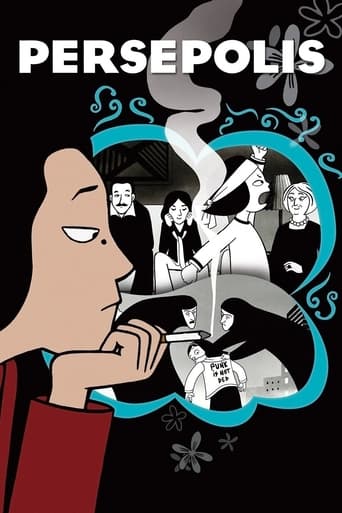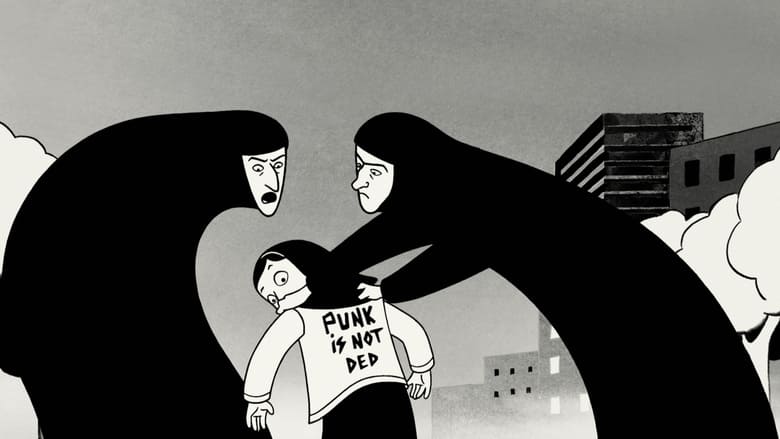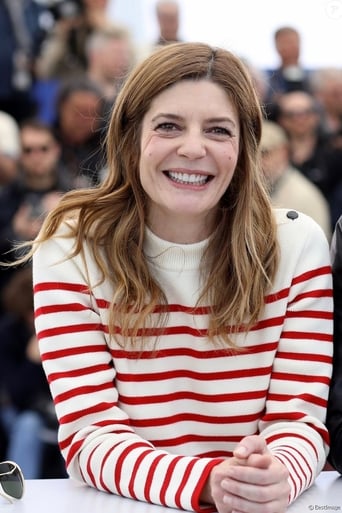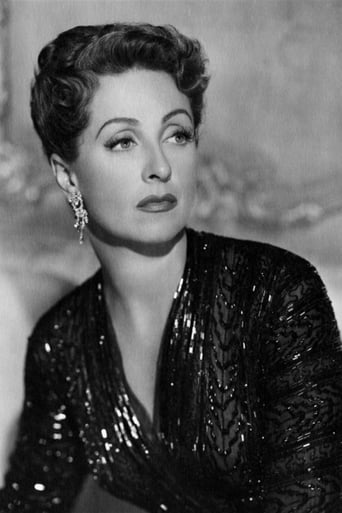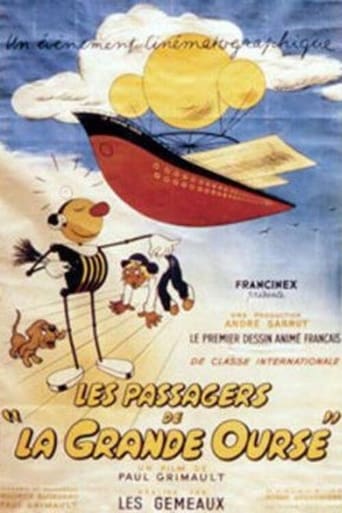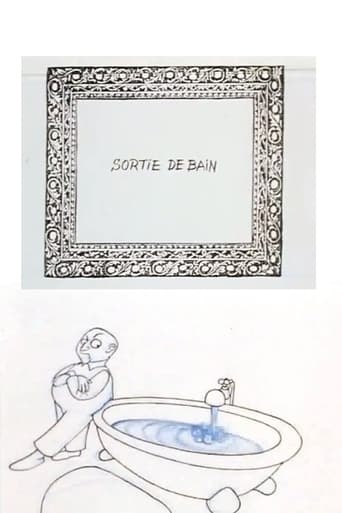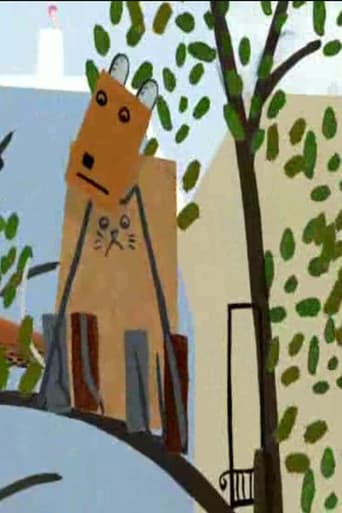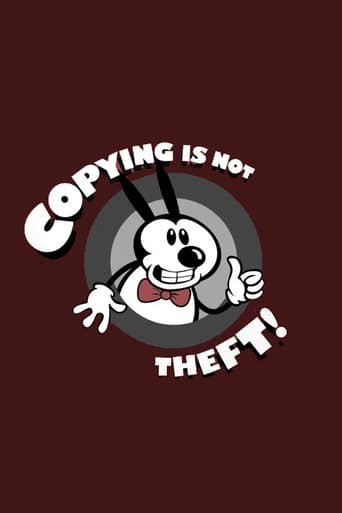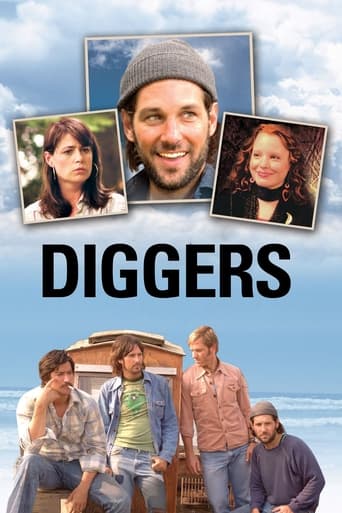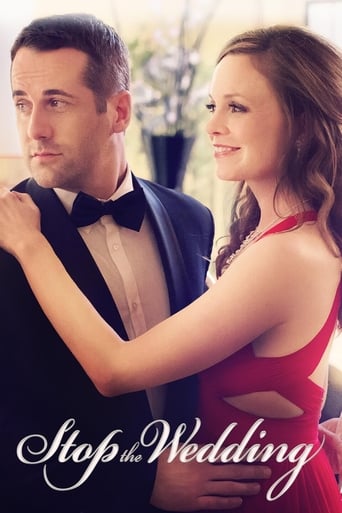Persepolis (2008)
In 1970s Iran, Marjane 'Marji' Statrapi watches events through her young eyes and her idealistic family of a long dream being fulfilled of the hated Shah's defeat in the Iranian Revolution of 1979. However as Marji grows up, she witnesses first hand how the new Iran, now ruled by Islamic fundamentalists, has become a repressive tyranny on its own.
Watch Trailer
Cast


Similar titles
Reviews
Marjane Satrapi's animated biopic deliver a powerful message to the world about the struggles of Iranian people, which can be extended to any people from what the "western civilization" pompously designate as "third world" country... and it does so with a movie that hit a more universal chord than any Farhadi's masterpiece simply by using the animation as a medium.Yes, it doesn't have the whole tech-zaz-wow-schaboom of Dreamworks or Pixar, or the delicacy and poetic imagery of Miyazaki (or does it?), yes, it's all in Black and White and drawings that can't fool you with their simplicity... but behind that sober and gloomy façade, you go through dynamite of emotions, of humors and tears, and you end up realizing deep in your head "hey, these Iranian people aren't so different from us, after all". Well maybe Donald and Bibi should watch this film before deciding some day to nuke Persepolis out of the map.As a matter of fact, the film doesn't even imply that the Revolution brought anything good to Iran giving how hellish and liberticidal the post-Revolution Iran turned out to be... but the film isn't about a regime. it's about the people who lived under the tyrannical end of the stick and had threats of whipping, jailing, hanging or raping-before-hanging pending over their head if they had one 'obscene' glimpse too many, one breath of alcohol, too much hair unveiled or too much lipstick. And if you count the the arrests, the repressions and the infamous war with Irak and the rest, there's no family that didn't probably paid a dowry to that revolution in the name of some fanatic reading of religion... there's no right to point an accusing finger of these population... especially since the movie reminds of the role the British played in the throning of the first Shah and the way the "West" provided weapons to both Iran and Iraq during the war, some details that movies like "Not Without My Daughter" forgot to cover. So I guess the merit of this adaptation of Marjane Satrapi's graphic comic-book, is to expose to the world the torments a whole population went through, by focusing on little Marjane, a young girl who like any other girl in the world loved to wear sneakers, imitate her idols, listen to music and change the world, a girl who was all smile and joy, craving from models to admire, to be able to say that she's related to a hero of the revolution when it was announcing a new era. There's something in the initial scenes that reminded me of "The Pianist" when you looked at crucial events from the perspective of a family. Yes, they're obviously from an upper class, westernized and open-minded, even the scene-stealing grandmother is feisty and has a few juicy lines that reveal that she cares more about the perfume of her brassiere than any sanctimonious, but the point is that there are aspects of the western culture that are indeed universally appealing in the sense that people would rather have fun and enjoy an access to knowledge, art and music than just drown in the darkest abysses of religious fanaticism... except if they come from average classes or aren't instructed enough to know what they miss. Like the majority actually.And just when you think little Marjie would fit like a fish in the water in Austria, where she's sent at the age of 14, the film goes for a huger cultural clash, so mind-boggling it might even make a Westerner consider what kind of values he inherited from his own history. While Iranians fought for freedom and democracy and had all these aspects of civilization being smuggled like drugs ... blasé Austrian youth take these aspects as cultural items that hardly hide the superficiality of a world that's not even worth fighting for, anarchists group spend their day smoking joints and basically, everyone acts as a spoiled child of democracy.The gap is too huge for Marjie who, after a few romantic failures, decide to go back to Iran, she's an adult then and misses her family. but the situation has worsened to surrealistic extents and... she even came close to a suicide. All this looks rather gloomy and poignant, but the film is full of inspirational energy, of moments of humor from Tex Avery-like slapstick to ingenuous storytelling, and when you look at Marjane Satrapi in real-life, you see the same woman who probably inherited her grandmother's spirit, tobacco addiction... and desire of freedom.I don't know what feminism means but if anyone tells me "women shouldn't do or be allowed to do this" then count me in. The film is full of moments where Marjie or her mother puts one of these bearded moral guardians in their place, where they confront the laws to their contradictions and their double standards, a few mini-triumphs that can't hide the fact that the best option is to get the hell out and be free. Indeed, "Persepolis" is an exhilaration of freedom, the real one, that you can taste after having lived under restrictions, no one born free can understand.And that's why the world needs foreign cinema, Hollywood can't grasp some things. It can win Oscars though with "Ratatouille" getting it for Best Animated Feature, but the most important thing is that you have a story that can speak to each of us. Marjie doesn't have any power or any fighting skills, but the way she gets through her predicaments is powerful enough to count her as a modern-day heroine and an inspiration to the world (especially in the "Eye of Tiger" scene), as she said: "The difference between you and your government is much bigger than the difference between you and me. And the difference between me and my government is much bigger than the difference between me and you. And our governments are very much the same..." What can you say after that?
Personally, I enjoyed this movie and would give it an eight based on a ten scale. I enjoyed this movie due to the fact that it shows injustices that quite often are overlooked, such as in Iran. The movie starts with Marjane trying to board a plane to Iran, but is unable to. She sits down and smokes a cigarette and thinks back to her childhood at the age of nine, and then it progresses almost to the present day. This movie speaks of the horrid laws put into place because of the Irani government when regimes changed. I personally would recommend this movie to a friend, as it opens your eyes to what life was, and has progressed to in Iran. Which, for me, is halfway around the world, and nowhere similar to the United States.
In their 2007 film, Persepolis, directors Marjane Satrapi and Vincent Paronnaud's retells the events of Satrapi's life while growing up in and experiencing life in Iran before and after the revolution of 1979. Satrapi and Paronnaud implement a minor genre style in the form of animation that recreates the significant events and hardships of Satrapi's life, and successfully communicates the emotions associated with them, if not more effectively than a life-action film (Weber-Fève 322). By analyzing the animated style of Satrapi and Paronnaud's film, there are certain conclusions to be made regarding the film's ability to effectively address political and social issues through a more creative adolescent perspective as they grow up in a rapidly changing and increasingly oppressive country. In the scene in which Marjane wakes up and begins to undergo a rapid physical transition into maturity, various parts of her body begin to unrealistically transform and grow into unusual and grotesque shapes and sizes until her body is seemingly full-grown and, once again, proportionate. This scene demonstrates the power of animation as a tool for reducing time and creatively portraying an ordinary and awkward stage in one's life while giving it a comical treatment. The exaggerated and comical style of recreating and accelerating the stages of growing up as portrayed in this scene enables the audience to further identify with Marjane as a growing adolescent, thus suggesting that this scene might not have been as well received by the audience or as effective if instead live-action was used. This scene also serves as a transitional point in the film in which Marjane's rapid maturation also indicates that she is now subject to the oppressive laws against showing any exposed skin other than the face and is instead forced to don a concealing and overbearing hijab. The majority of this film being in black and white, despite the creative freedom of animation allowing for any number of colors to be used, further evokes the sense of an increasing void in Marjane's life in which she grows more and more scornful of her home country and its newly introduced laws (Weber-Fève 324). In the scene in which all of the students at her school gather in an auditorium to discuss the strict dress code for women, the scene opens to an image of the segregated female and male students. The variety of clothing worn by the men as contrasted with the homogeneously dressed women that are almost impossible to tell apart due to their black, over-sized hijabs. This scene is effective at highlighting the encroaching political and religious agendas of the Iranian government following the revolution through the plain contrast of the animated men and women. The use of animation enables this scene to exaggerate the increasing lack of individuality and feeling of oppression that women in Iran are experiencing, and would likely not have been as effective had the directors decided to use live-action characters instead. The film Persepolis recounts the events leading up to and following the Iranian revolution which led to the introduction and strong enforcement of clothing laws that only targeted the women of Iran. By predominantly using a black and white color scheme for this film, director, Satrapi and Paronnaud, are able to effectively convey the lack of creativity and austere principles that govern women to appear as shapeless, black blobs with plain faces rather than express their individuality. The animated style of this film contributes to its effectiveness in exaggeratedly portrayed certain events from Marjane's life which made them seem more comical and relatable. This film, which is exemplar of an animation that effectively addresses social and political issues, as well as everyday problems, proves that live-action films are not always more effective at addressing significant worldly issues (Weber-Fève 325). As evidenced by this film, animation serves as a powerful tool for analyzing a number of situations while also allowing for the creative freedom to ironically portray a world that oppresses creativity.Work Cited Weber-Fève, Stacey. "Framing the "Minor" in Marjane Satrapi and Vincent Paronnaud's Persepolis." Contemporary French and Francophone Studies 15.3 (2011): 321-28. Print.
While animation is an art form primarily associated with children's entertainment, there are more than a few animated films which deal with more mature themes and are geared towards an older audience. PERSEPOLIS is one such film. Co-directed by Marjane Satrapi, who based this on her experiences as a young girl growing up in Iran, it tells a story about the struggle to find one's identity in a rapidly changing world. In Marjane's case, her formative years took place amid the chaotic years of the Islamic Revolution when the US-backed Shah was overthrown by populist revolt and an Islamic Republic established in its place. Even though communist revolutionaries, such as her uncle, were imprisoned under the Shah's rules, the Islamic Republic that replaced it was in some ways even more repressive. As a way of escaping this, Marjane is sent off to a French school in Vienna but she eventually comes back to her family after bad experiences leave her alone and almost destitute. Yet, the Iran she returns to is even more different than the one she grew up in and left before. Ultimately, this is a simultaneously complex and simple look at Iranian life through the eyes of a young woman. It's complex in the sense that Marjane has conflicted feelings about the country of her ancestors, yet simple because it is presented through the eyes of someone who has yet to find themselves. This film is based on a graphic novel, and the mostly black-and-white animation style reproduces this look faithfully while also adding a sense of childlike wonder. It was a simple, yet beautiful, way to tell an important story. I hesitate to say that Marjane's story is representative of all Iranians' experience, yet it is valuable precisely because it is a personal experience. The story of her life growing up is tragic and hopeful, sad and yet still not without humor. This roller-coaster of emotions and unique look at an oft misunderstood culture are the film's strongest selling points, aside from the top-notch animation and score. For viewers looking to expand their horizons a bit, PERSEPOLIS has everything you could possibly want from a great film: action, romance, tragedy, humor, etc. It has it all, and most importantly it provides unique cultural insight. Highly recommended.

